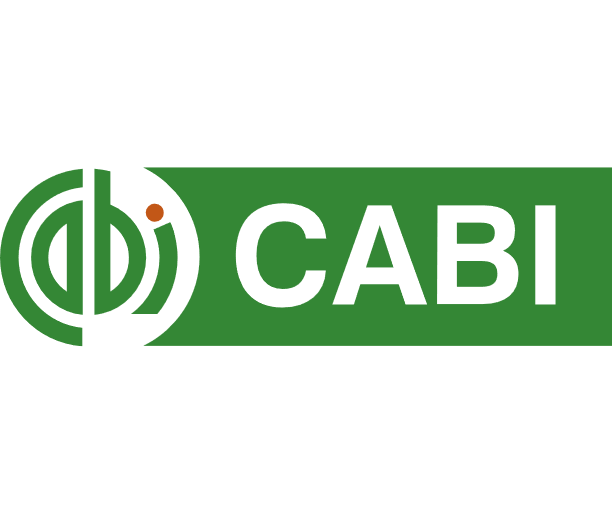Allelopathic effect of prickly chaff flower (Achyranthes Aspera L.) used as a tool for managing noxious weeds
DOI:
https://doi.org/10.35495/Keywords:
Allelopathy, broad leave weeds, plant extracts, inhibition, weed managementAbstract
Prickly chaff flower (Achyranthes aspera L.) is a broadleaf annual herbaceous weed which contains allelopathic potential and is used for the suppression of crop plants. The experiments were laid out to check the allelopathic potential of plant residues mixed with soil and aqueous extract of prickly chaff flower against six broad leaf weeds viz. Digera arvensis, Chenopodium album, Trianthema portulacastrum, Parthenium hysterophorus, Convolvulus arvensis and Rhynchosia capitata as target weeds. In first experiment, aqueous extracts of prickly chaff flower having 1, 2, 3, 4 and 5% concentrations (w/v) were used against target weeds whereas in second experiment, decomposed prickly chaff flower plant material with concentrations of 2, 4 and 6% (w/w) were mixed into the soils that were used as germination media for weeds. Results showed that treatments of both experiments considerably reduced the seedling establishment of target weeds. Substantial inhibition of target weeds was noted in germination percentage (76.7%), energy (56%) and index (71.4%), respectively. Among weed species, D. arvensis showed more susceptibility while P. hysterophorus the more resistance towards phytotoxic effect of aqueous extracts of prickly chaff flower. In second experiment, decline in weeds’ emergence percentage (61.9%), emergence index (75.9%), emergence energy (38.6%) and mean emergence time (41.6 days) were recorded. Among weeds, C. arvensis showed the higher susceptibility while P. hysterophorus the least susceptibility to phytotoxic effect of prickly chaff flower soil. The results of this study are helpful to the farmers in controlling the weeds through organic means and save the environment.












